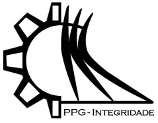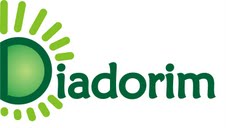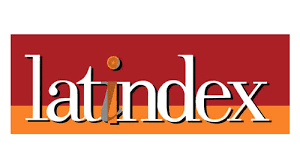WAVE MODELLING OF A LIGHTWEIGHT AEROSPACE PANEL USING A FINITE ELEMENT APPROACH
DOI:
https://doi.org/10.26512/ripe.v2i19.15029Abstract
Aerospace structures require high strength and low mass, which has led to an
increase in the use of composite materials by its industry. These materials result from the combination of two or more base materials in a way that one or more of the composite’s properties are superior to either of the individual ones. A type of material that presents those desired attributes is the honeycomb sandwich panels and, as the industry is relying more and more on them, their accurate characterization for the given application is of extreme importance. In this paper, the wave and finite element (WFE) approach is applied and the
wave parameters of a homogenized honeycomb sandwich panel model for aerospace applications are presented and numerical details discussed. The wave approach differs from the more usual modal analysis (MA) by focusing in properties such as the dispersion relations, wave modes, phase and group velocities, and energy transmission. Although MA with the aid of finite element modelling (FEM) is a widely used technique, as the frequencies of interest increase, the computational cost also increases. Moreover, the size of the elements also limits the maximum frequency that can be accurately characterized. On the other hand, the WFE method requires the model of a single period of a periodic structure, which can be obtained from any commercial FE software, benefiting from the available element libraries,
reducing the computational cost when applied to a wider frequency range. The numerically obtained parameters are compared to an analytical model and show agreement with the theory.
Keywords: Wave and finite element, Wave propagation, Sandwich panel
References
De Sousa K.C., Domingues A.C., Pereira P.P. de S., Carneiro S.H., de Morais M.V.G., Fabro A.T., 2016, Modal parameter determination of a lightweight aerospace panel using laser doppler vibrometer measurements
Duhamel D., Mace B.R., Brennan M.J., 2006, Finite element analysis of the vibrations of waveguides and periodic structures, Journal of Sound and Vibration. Vol. 294, No. 1-2, pp. 205”“20
Fahy F.J., Gardonio P., 2007, “Sound and Structural Vibration: Radiation, Transmission and Response”, Academic Press. pp. 666
Gibson L.J., Ashby M.F., 2001, “Cellular solids: structure and properties”, Cambridge: Cambridge Univ. Press. pp. 510. 2. ed., 1. paperback ed. (with corr.), transferred to digital printing ed. HexWeb Honeycomb Attributes and Properties, HexWeb Honeycomb Attributes and Properties. http://www.hexcel.com/Resources/DataSheets/Brochure-Data- Sheets/Honeycomb_Attributes_and_Properties.pdf
Hinke L., Mace B.R., Brennan M.J., 2004, “Finite Element Analysis of Waveguides”, University of Southampton, Institute of Sound and Vibration Research. pp. 84
Manconi E., 2008, The Wave Finite Element Method for 2-dimensional Structures, Ph. D Thesis thesis. University of Parma Schwingshackl C.W., Aglietti G.S., Cunningham P.R., 2006, Determination of honeycomb material properties: existing theories and an alternative dynamic approach, Journal of Aerospace Engineering. Vol. 19, No. 3, pp. 177”“83
Zhong W.X., Williams F.W., 1995, On the direct solution of wave propagation for repetitive structures, Journal of Sound and Vibration. Vol. 181, No. 3, pp. 485”“501
Downloads
Published
Issue
Section
License
Given the public access policy of the journal, the use of the published texts is free, with the obligation of recognizing the original authorship and the first publication in this journal. The authors of the published contributions are entirely and exclusively responsible for their contents.
1. The authors authorize the publication of the article in this journal.
2. The authors guarantee that the contribution is original, and take full responsibility for its content in case of impugnation by third parties.
3. The authors guarantee that the contribution is not under evaluation in another journal.
4. The authors keep the copyright and convey to the journal the right of first publication, the work being licensed under a Creative Commons Attribution License-BY.
5. The authors are allowed and stimulated to publicize and distribute their work on-line after the publication in the journal.
6. The authors of the approved works authorize the journal to distribute their content, after publication, for reproduction in content indexes, virtual libraries and similars.
7. The editors reserve the right to make adjustments to the text and to adequate the article to the editorial rules of the journal.









